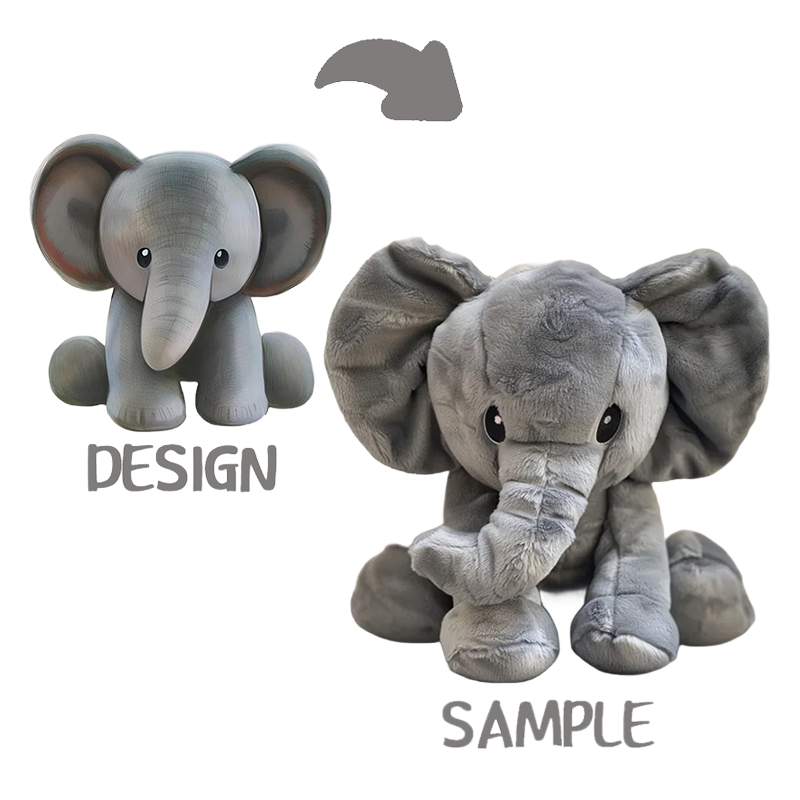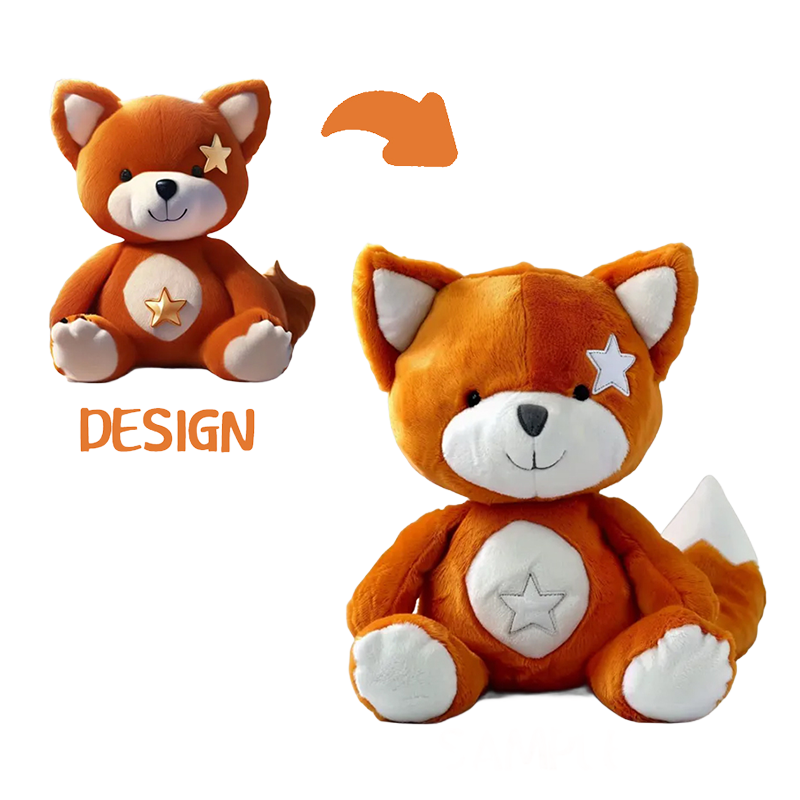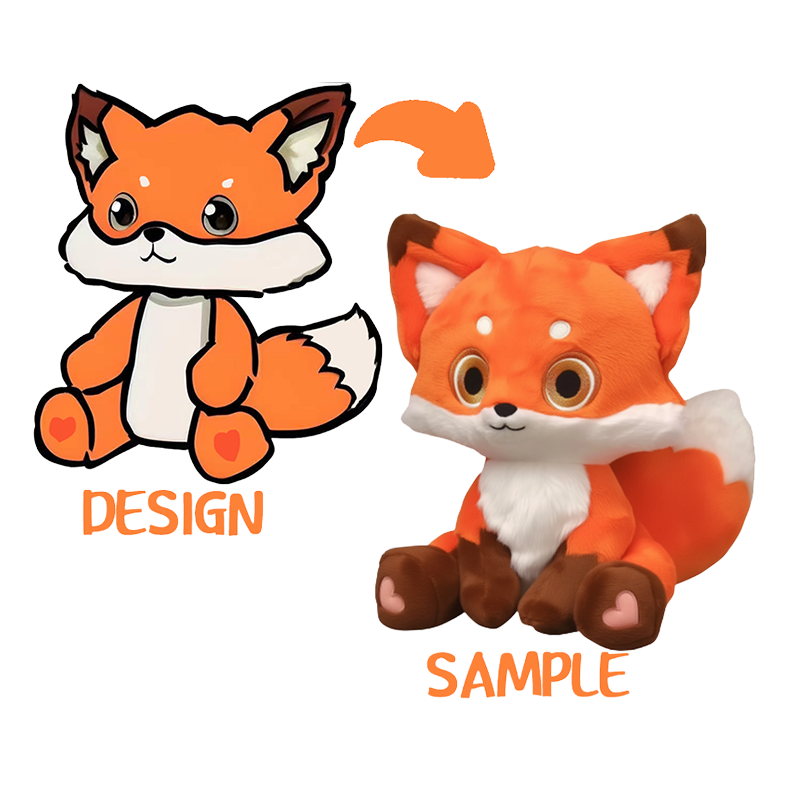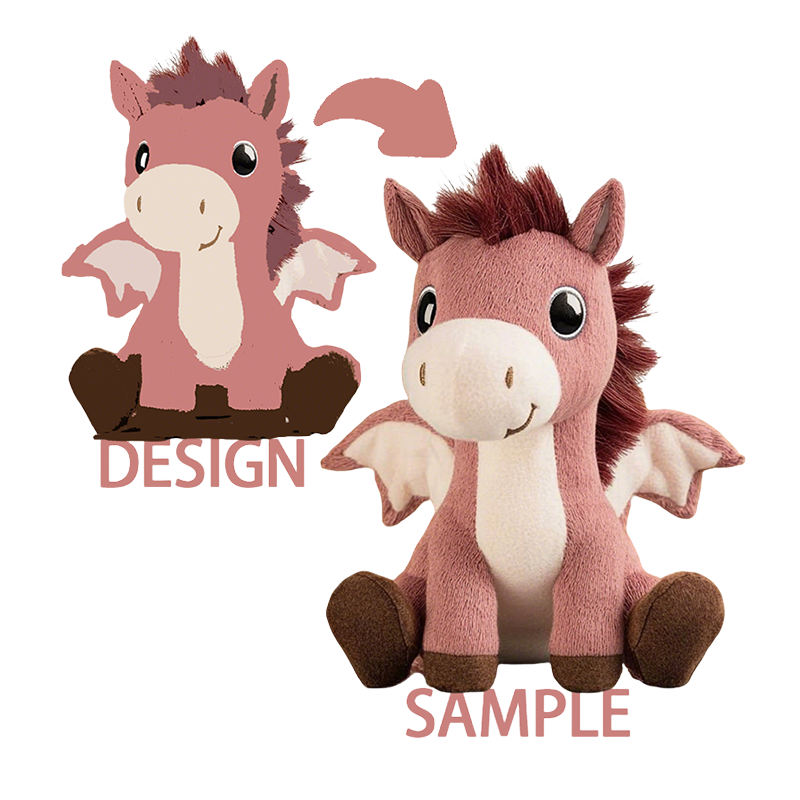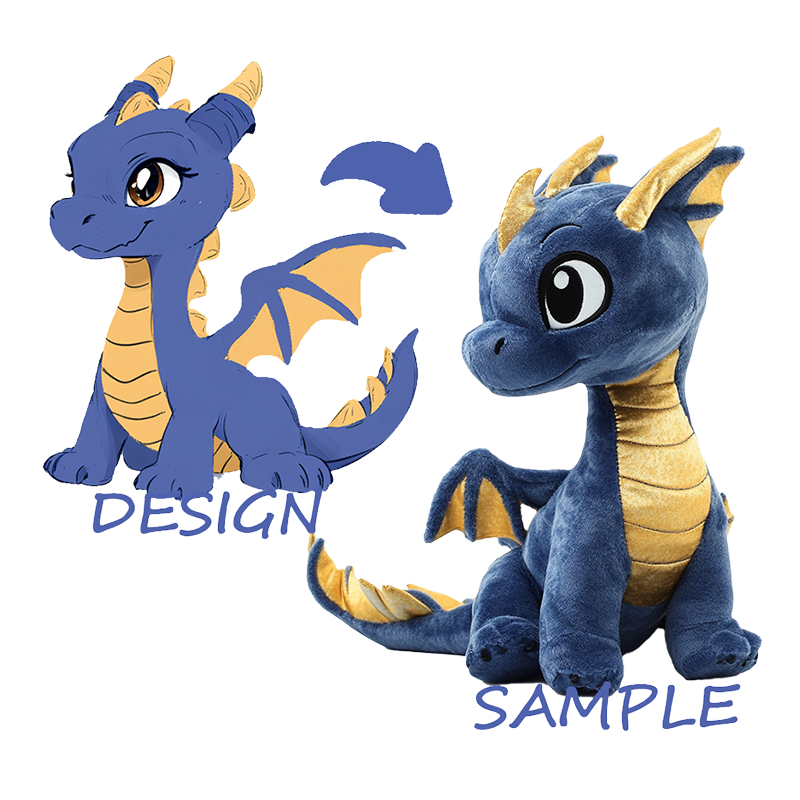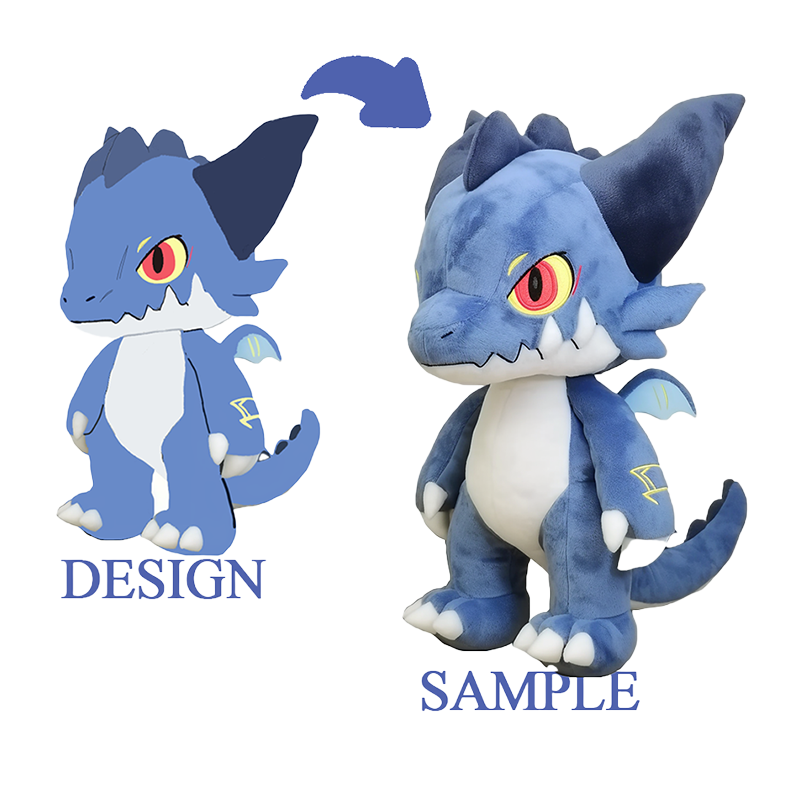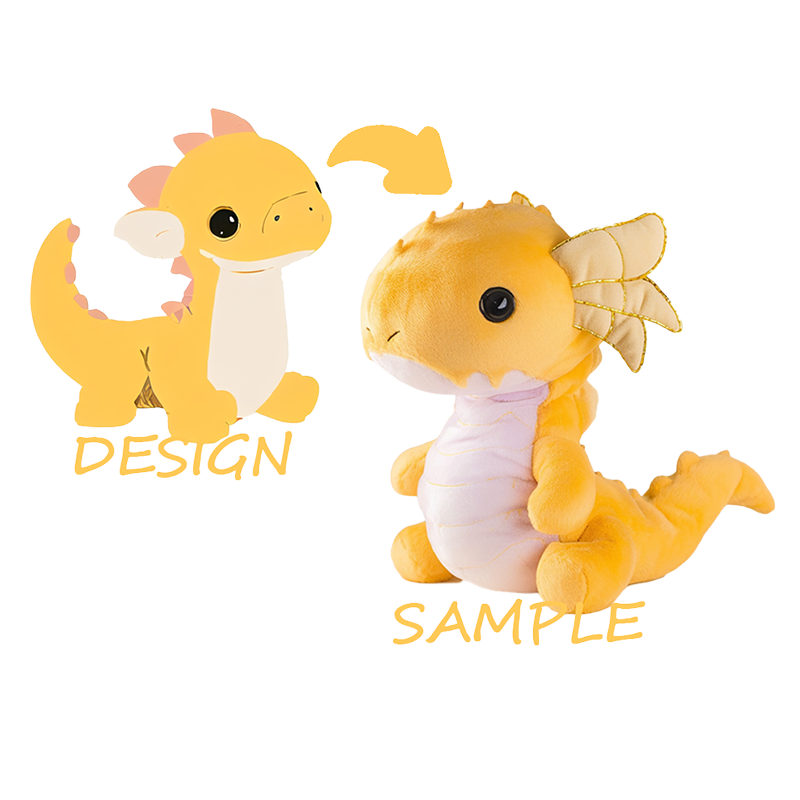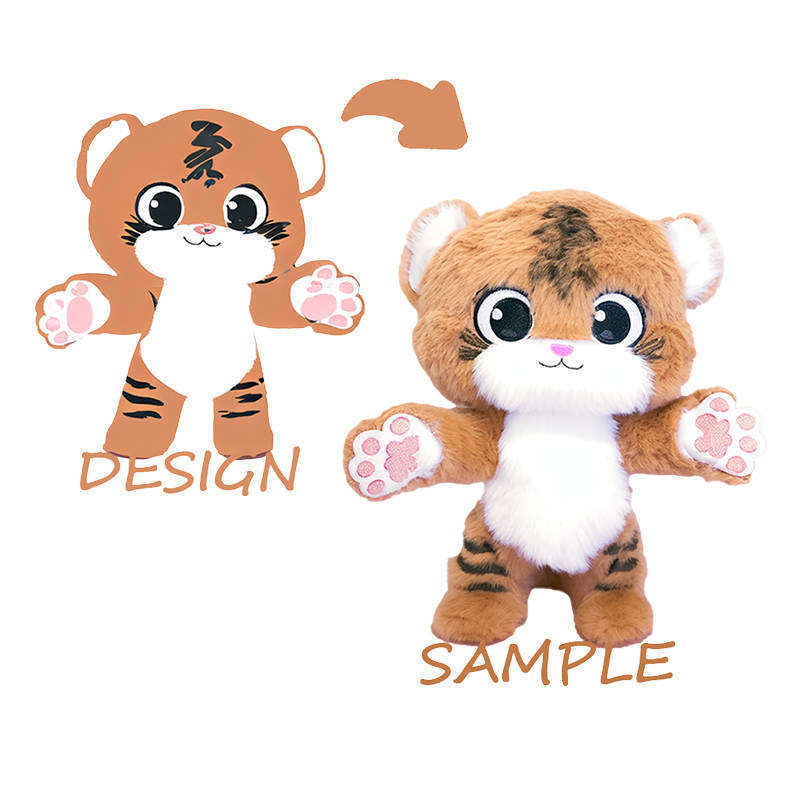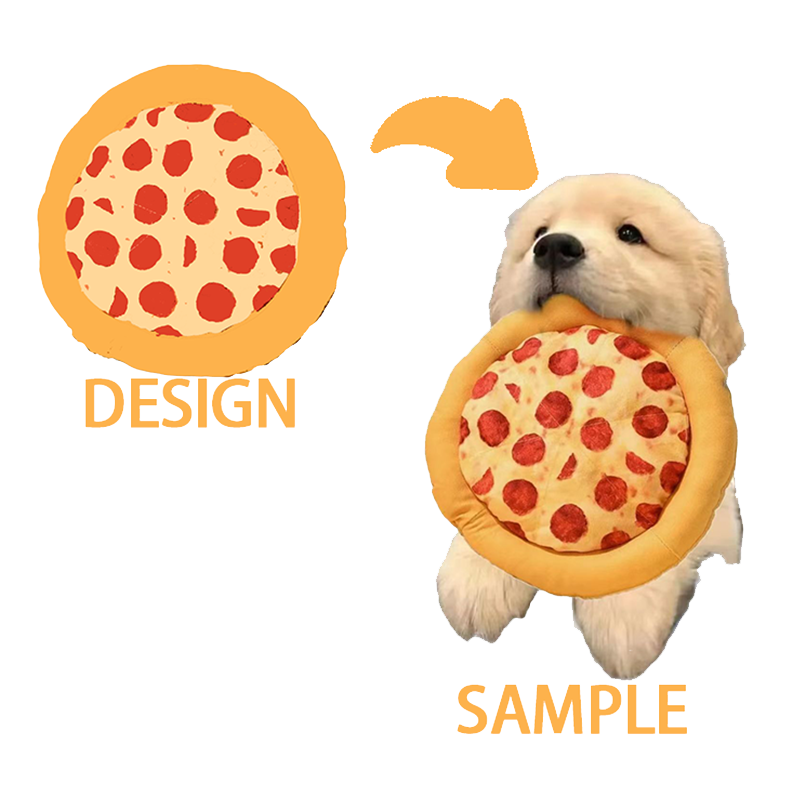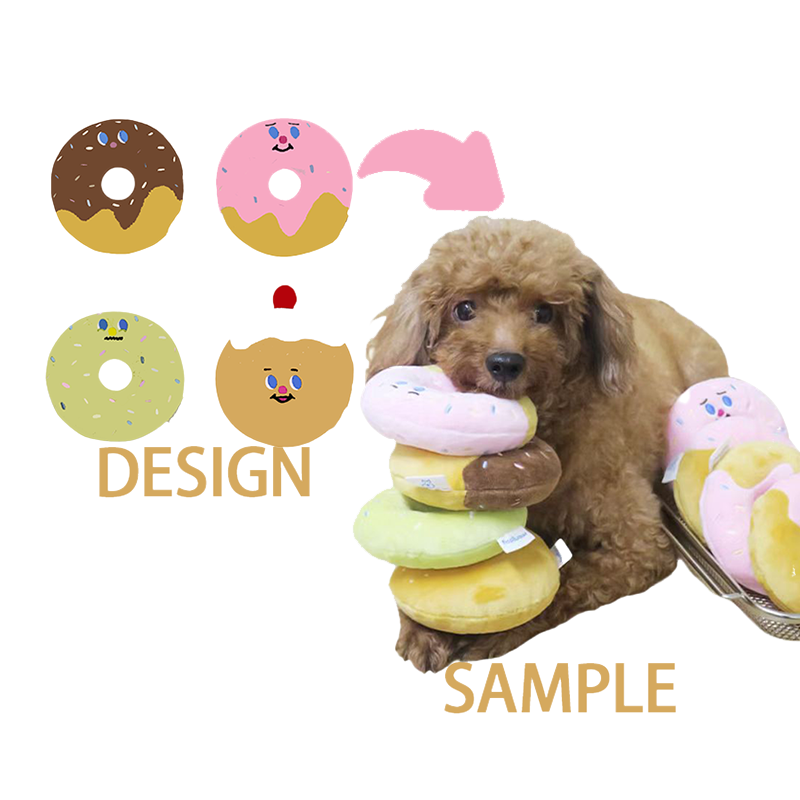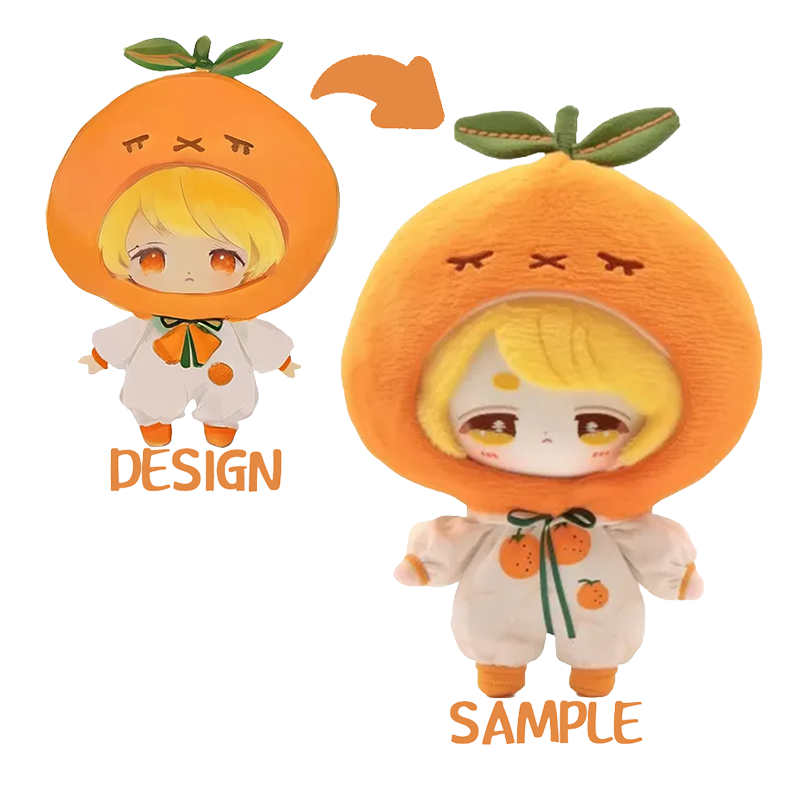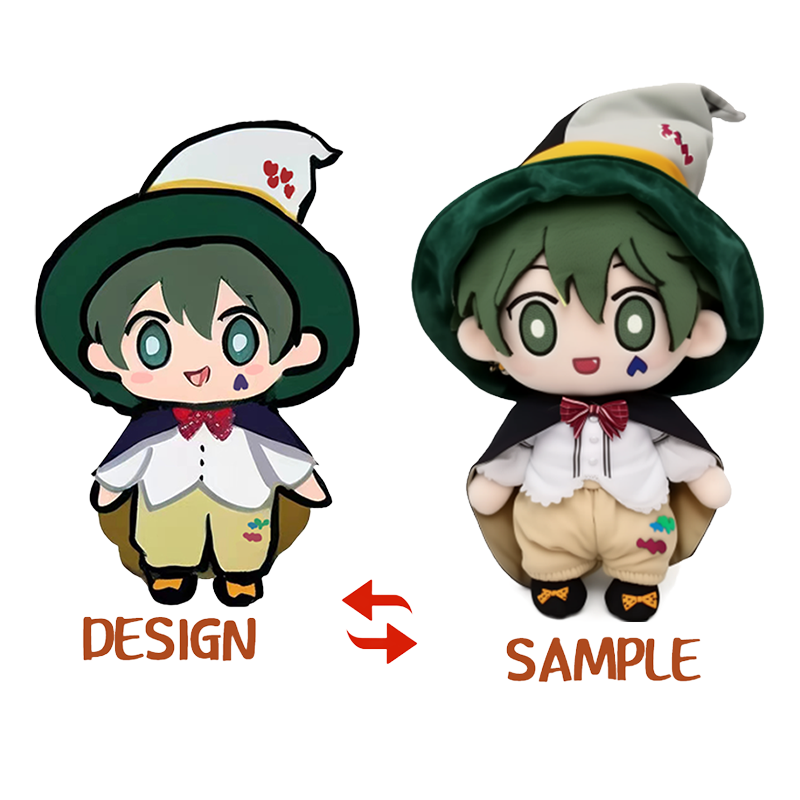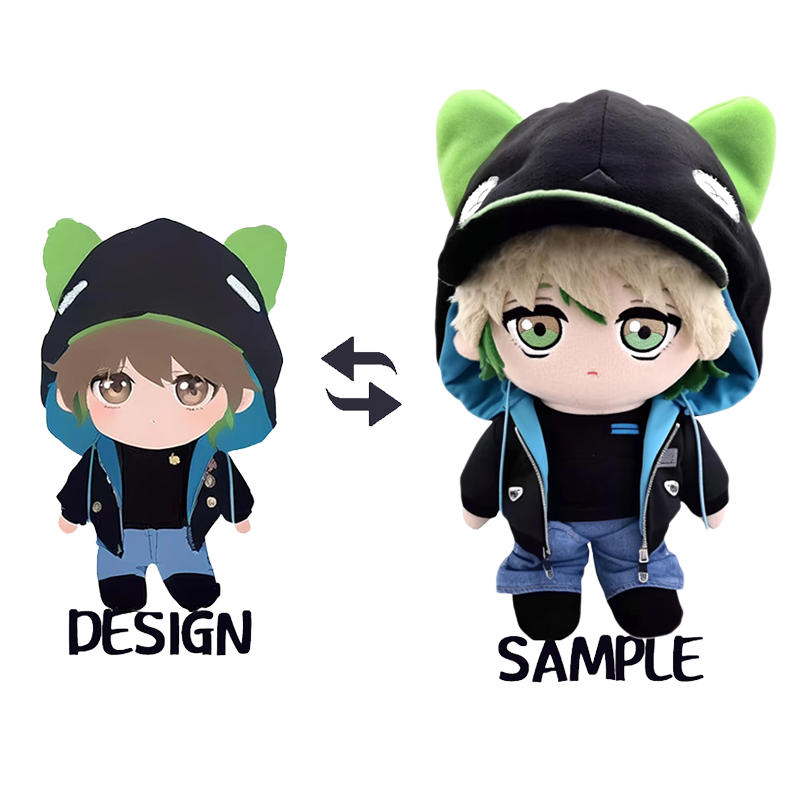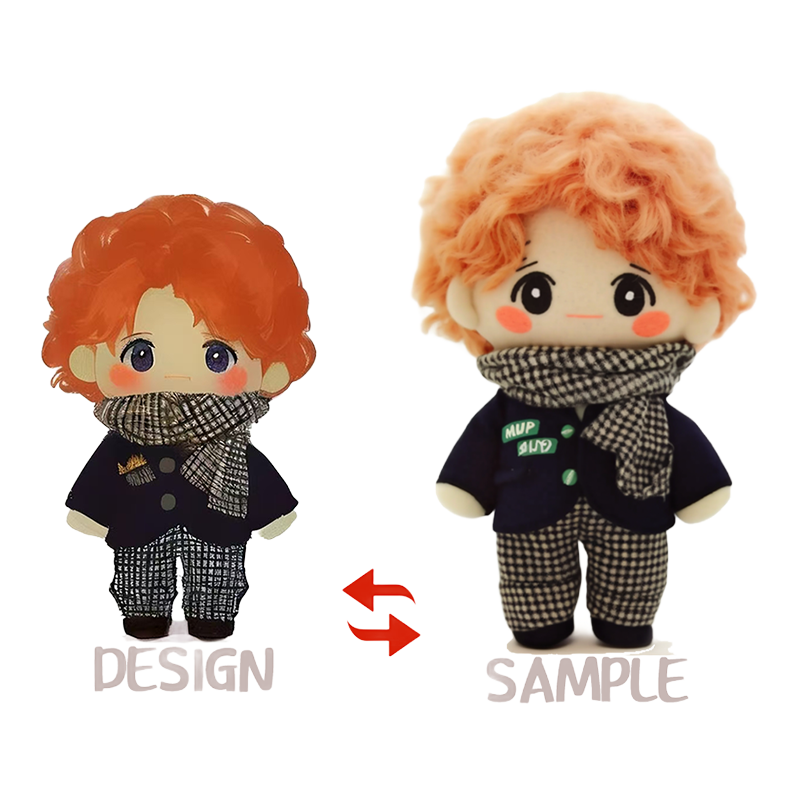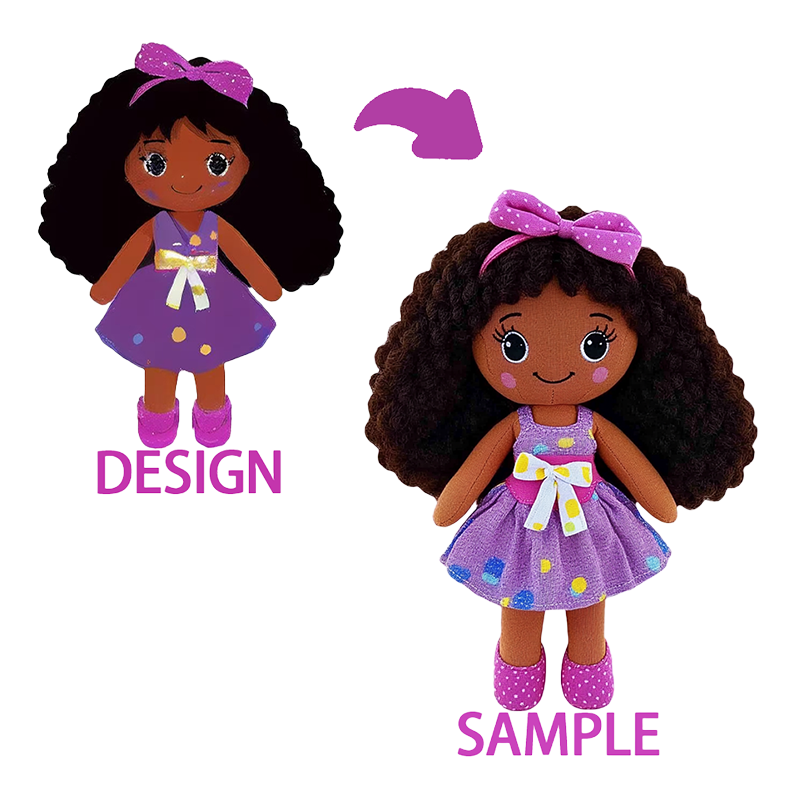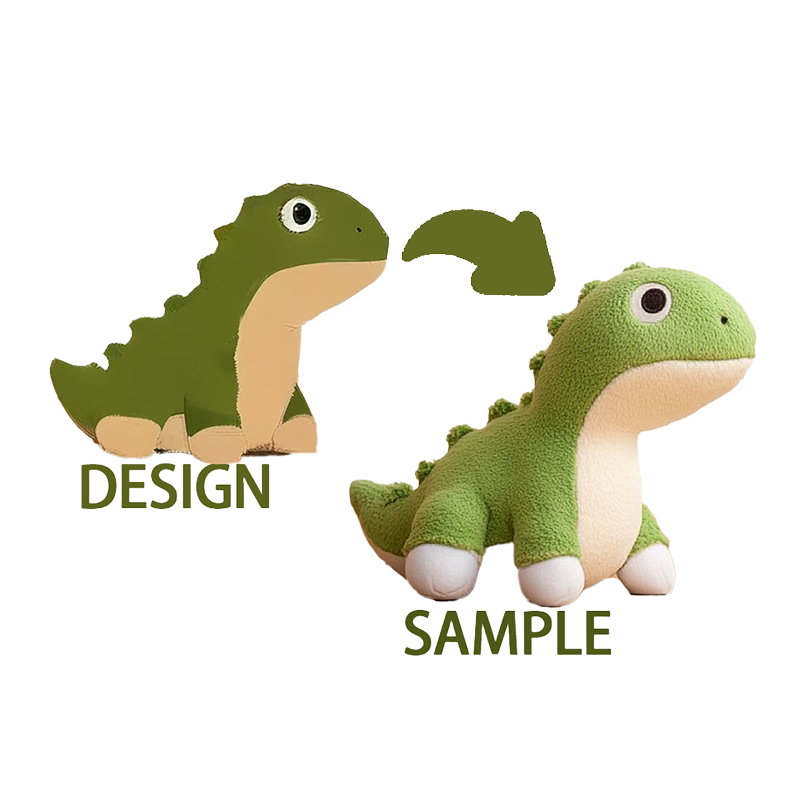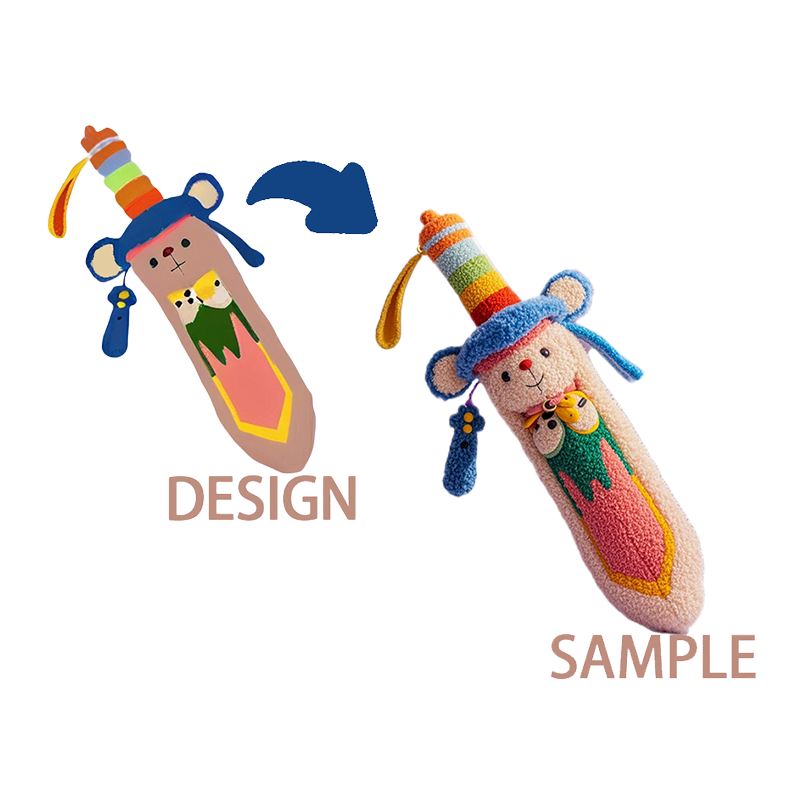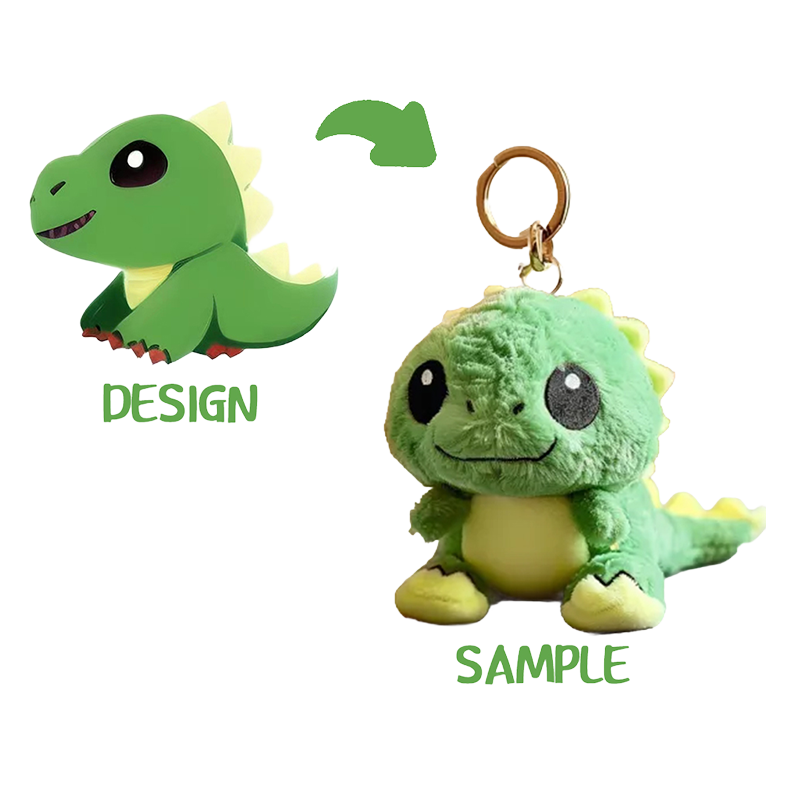Do pets need chew toys too?
2025-10-03
Content
1. The core reasons why pets need chew toys
(1). Satisfying physiological instincts
Tooth development and cleaning: Puppies/kittens will chew frantically due to itchy gums during the teething period (such as 4-6 months for dogs and 4-5 months for cats). Chew toys can relieve discomfort and help deciduous teeth fall out. Adult pets can rub the surface of their teeth by chewing, reducing the accumulation of plaque and tartar, and reducing the risk of oral diseases.
Jaw muscle exercise: Chewing can exercise the jaw muscles of pets and maintain normal oral function.
(2). Relieving psychological stress
Relieve anxiety and boredom: When left alone, the environment changes, or there is a lack of companionship, pets may vent their emotions by chewing furniture, shoes, etc. Chew toys can divert attention and reduce destructive behavior.
Energy consumption: Especially for high-energy pets (such as Border Collies and Huskies), chew toys can help them consume excess energy indoors and avoid excessive excitement or depression.
(3) Preventing Bad Habits
If there is a lack of suitable chewing materials, pets may use furniture, wires, shoes, socks, etc. as substitutes, causing damage to the items or even accidentally ingesting foreign objects (such as fabrics and plastics), which can cause gastrointestinal blockage and other dangers.
2. Different types of pets have different chewing needs
| Pet Type | Chewing Needs | Recommended Toy Types |
| Puppies/Kittens | Relieve gum discomfort during teething and avoid chewing furniture; toys should be soft and non-toxic to avoid damaging young teeth. | Latex toys, rubber chew bones (moderately soft and hard), plush toys |
| Adult Dogs | Choose based on size and bite strength (small dogs should avoid hard toys; large dogs should choose chew-resistant materials); balance interactivity and educational value. | Nylon chew bones, knotted toys, leaky toys |
| Senior Dogs | For sensitive teeth, choose ultra-soft materials to avoid excessive pressure; focus on oral massage and gentle chewing. | Sponge rubber toys, inflatable toys |
| Cats | They naturally enjoy chewing on fibrous items (such as scratching posts), while also satisfying their claw-grinding and hunting instincts. | Corrugated cardboard scratching posts, feather cat teasers, catnip toys |
| Small pets | (such as rabbits and hamsters) need to have their teeth ground to prevent overgrowth (rodents have lifelong teeth growth). | Applewood chew sticks, chew stones, straw toys |
3. Precautions for choosing chew toys
(1). Safety first
Avoid choosing toys that are too small or easily broken (such as plastic beads, small parts) to prevent pets from accidentally eating them and causing choking or intestinal obstruction.
The material should be non-toxic and odorless. Give priority to pet-specific brands (such as KONG, Nylabone, Petstages, etc.) and avoid using human toys or inferior rubber products.
Check the wear of toys regularly and replace them in time if cracks or fragments appear.
(2). Matching pet characteristics
Body size and bite force: Large dogs (such as Rottweilers and Mastiffs) need to choose extremely bite-resistant nylon or natural rubber toys; small dogs (such as Chihuahuas and Teddys) are suitable for softer latex or plush toys.
Age and health status: Elderly pets or pets with oral diseases should avoid toys that are too hard (such as antlers or stone materials) to prevent damage to teeth or gums. Interest preference: Observe whether the pet prefers to "chew" or "bite", "play alone" or "interactively play", and choose toys that can stimulate interest (such as those with fragrance, sounds, and food storage).
(3). Diversification and regular replacement
Using a single toy for a long time can easily lead to pet boredom. It is recommended to prepare 3-5 different types of toys at the same time and rotate them every week to keep the pet fresh.
Combining leaky toys (such as rubber balls filled with snacks) can increase intellectual challenges during the chewing process and extend the play time.
4. The correct way to use chew toys
Guide rather than force: When first contacting, you can use caressing, praise or a small amount of snack rewards to let the pet associate the toy with "pleasure experience" and avoid directly putting the toy into the pet's mouth.
Regular interaction: Spend 10-15 minutes a day playing chew toys with your pet (such as tug-of-war with knotted toys, throwing and catching rubber balls). This can not only enhance feelings but also ensure that the toy is used correctly. Avoid substitution risks: If your pet has formed a habit of chewing furniture, temporarily isolate the furniture (such as using anti-chewing spray) and provide more attractive chew toys to gradually correct the behavior.
We specialize in the design and production of plush toys to provide customers with unique customized services

 English
English 中文简体
中文简体